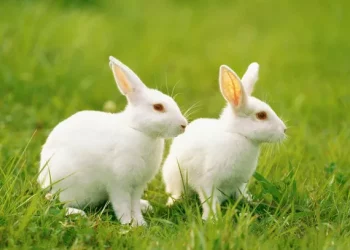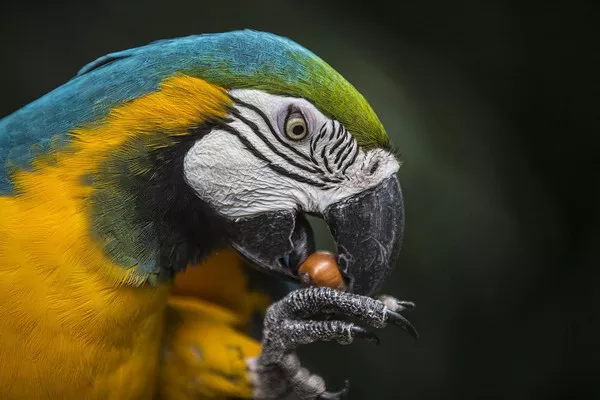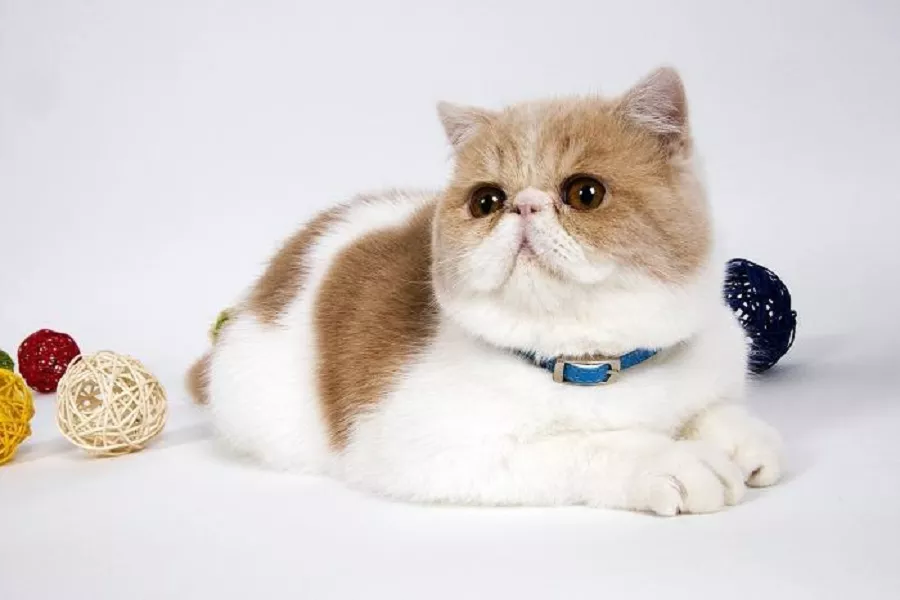What is Galapagos Giant Tortoise?
Galapagos tortoise (scientific name: Chelonoidis ‘galapagoensis’): It is the largest tortoise of the tortoise family and South American tortoise. There are 14 species. The bone does not connect with the parietal bone, the frontal bone may not enter the orbit, and the retroorbital bone degenerates or almost disappears; the back of the square bone is usually closed, and completely surrounds the stapes; the upper jaw bone almost meets the square yoke bone, with or without the chewing surface of the upper jaw central ridge. The dorsal and plastron are firmly connected by sutures through a bridge. The limbs are stout and cylindrical. The fingers and toes have no more than 2 segments, with claws and no webs. Odorless glands.
Herbivorous, eats cacti and fruits, bromeliads, water ferns, leaves and grasses. Can live in drier environments. It is also a very slow animal, moving only 260 meters per hour. It is only found on 14 islands in the Colon Islands (Galapagos) in the South American country Ecuador.
What does the Galapagos Giant Tortoise look like?
The Galapagos tortoise is the largest living tortoise. The body length is 1.2 meters. The adult tortoise male is larger than the female. The adult male weighs about 272-320 kg, while the female is 136-180 kg. Life expectancy is estimated to be up to 200 years. Big head and long neck. The center of the carapace is high, and the vertebral shield is 5 pieces; the costal shield is 4 pieces on each side; the marginal shield is 9 pieces on each side, the front and rear edges are slightly serrated, slightly upwardly raised; the neck shield is 1 piece; Limbs stout, columnar. The carapace, limbs, head and tail are khaki to blue-black, and some individuals have irregular black spots on the vertebral shield and rib shield, and the skin is loose and wrinkled.
Galapagos tortoises have a large, heavy bony brown carapace. The rigid protection of the rib in the skeleton structure by the shell plate is indispensable. The pattern on the tortoise’s shell maintains the character of a shield (shell segment), and although the outer layer wears to varying degrees over time, it is not applicable to determine age with annual growth. But the dorsal shell protects the head, neck and forelimbs of the turtle that can be withdrawn. The legs are large and stubby, with dry scales and hard scales. The front legs have five claws and the hind legs have four.
Galapagos Giant Tortoise Living Habits
Galapagos tortoises are warm-blooded animals (cold-blooded animals). Therefore, they must absorb the heat of the sun after dawn, basking for 1-2 hours a day, and foraging for 8-9 hours a day. Most of them are active and walking in the early morning. , rest in the evening. The walking speed of this species has been observed to be 0.3 kilometers per hour. The way they sometimes rest is by rolling in the mud pits formed by the rain, possibly on cool nights, to protect their bodies from the bites of parasites such as mosquitoes and ticks. Parasites can also be eliminated in a loose soil dust bath.
Galapagos tortoises are herbivores, with a diet that includes cacti, grasses, leaves, moss, lichens, and berries. Guavas, water ferns, and bromeliads have also been recorded to consume an average of 32-36 kg per day, but inefficient digestive systems limit nutrient absorption. Their body’s water intake mainly comes from dew and plant sap, especially cactus plants. Galapagos tortoises can go without water for long periods of time and still survive for 18 months when deprived of all food and water. When thirsty, they drink large amounts of water very quickly, storing them in their bladders or in the “pericardium” of their necks, which are the species’ reservoir of water. On arid islands, tortoises will lick the morning dew on boulders, as many generations of giant tortoises have formed half-circle-shaped depressions in these rocks because of repeated licking.
Galapagos Giant Tortoise Breeding
Galapagos tortoises are herbivores and eat cacti, grasses, leaves, moss, and berries. A turtle eats an average of 32 to 36 kilograms of food per day, but because the digestive system is less efficient, it takes in less nutrients. Tortoises get most of their water from dew and sap from plants, so they can go without water for long periods of time. They can also go without food and water for up to 18 months; when thirsty, they can drink both large and fast, and store it in their bladder and heart, so that they don’t need to drink for a long time. Drink water. On arid islands, tortoises lick dew early in the morning on boulders, many of which have been rocked by depressions created by successive generations of this behavior.

























